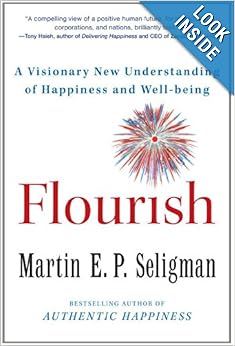“After a certain point, it is necessary to let
go of all outside help and focus in on our own strength and resourcefulness.
What we seek, seeks us.”
—Anonymous
 |
| Photo courtesy Alfred Borchard |
 |
| My inner critic doesn't like how I've drawn her... |

 |
| The back of house |
 It’s reading challenge time again. In 2014, I’m signing up
for two challenges, ones I’ve done before, and using a third challenge as
inspiration: the Back to the Classics Challenge. Reading is practically my favorite thing, and
I’ve decided to use that to gently step outside my usual comfort zone.
It’s reading challenge time again. In 2014, I’m signing up
for two challenges, ones I’ve done before, and using a third challenge as
inspiration: the Back to the Classics Challenge. Reading is practically my favorite thing, and
I’ve decided to use that to gently step outside my usual comfort zone.
 Vintage mysteries are my favorite, possibly because I grew
up reading Agatha Christie, Ngaio Marsh, and Erle Stanley Gardner, and this
will be my third vintage mystery challenge. This year, I’m playing Vintage Mystery Bingo, also hosted by Bev. I’m doing the Golden level, and might
consider the Silver level as well if I find myself reading enough books from
that era without putting strain on the other two challenges. I’ve already
finished Georgette Heyer’s A Blunt
Instrument and have started Sheila Pim’s Creeping Venom. This will be by far my easiest challenge—these
books are the equivalent of eating cookies: delicious and comforting.
Vintage mysteries are my favorite, possibly because I grew
up reading Agatha Christie, Ngaio Marsh, and Erle Stanley Gardner, and this
will be my third vintage mystery challenge. This year, I’m playing Vintage Mystery Bingo, also hosted by Bev. I’m doing the Golden level, and might
consider the Silver level as well if I find myself reading enough books from
that era without putting strain on the other two challenges. I’ve already
finished Georgette Heyer’s A Blunt
Instrument and have started Sheila Pim’s Creeping Venom. This will be by far my easiest challenge—these
books are the equivalent of eating cookies: delicious and comforting.